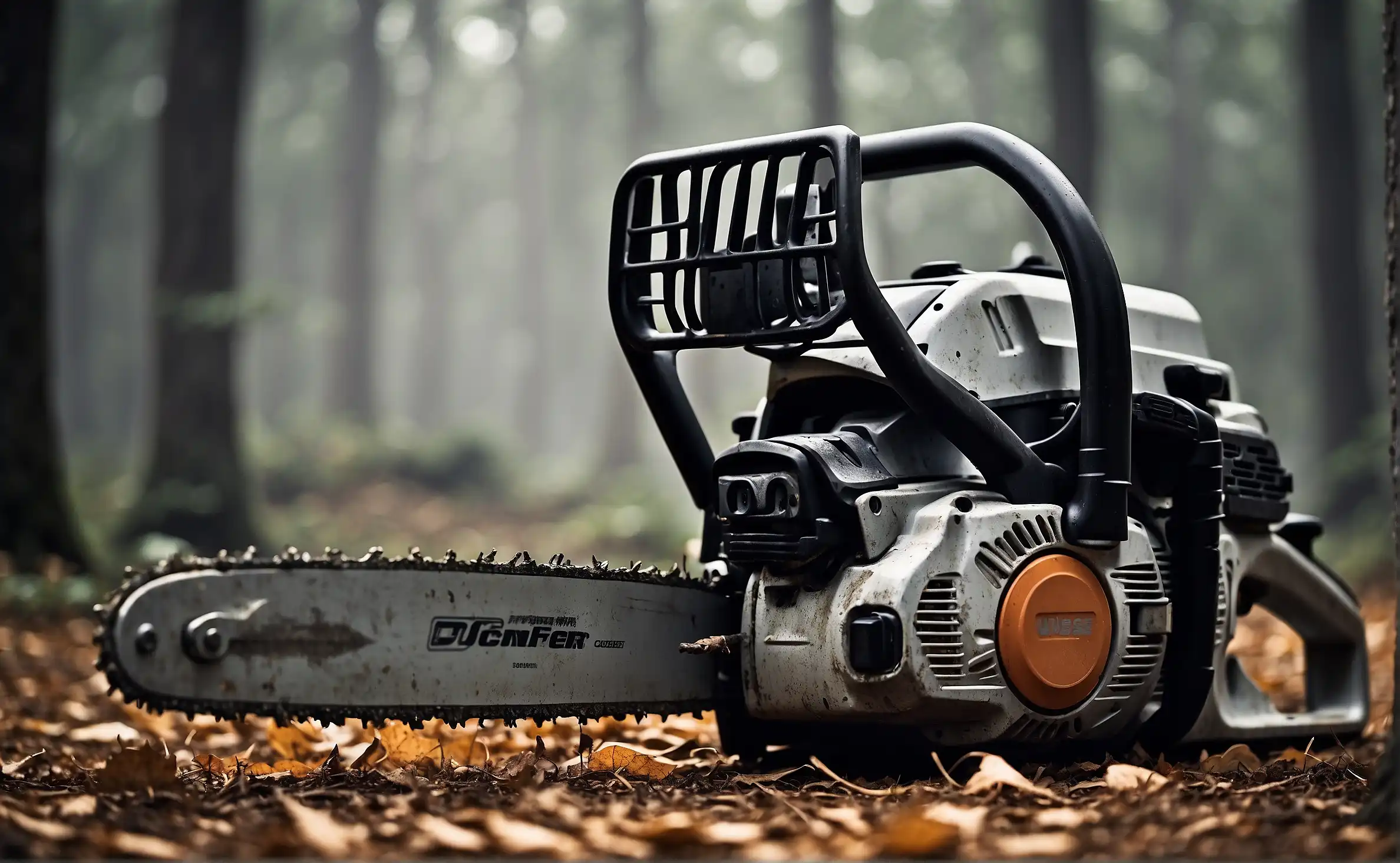For cutting firewood, a chainsaw with a bar length of 14-16 inches is typically adequate for most tasks.
When it’s time to prepare for the cold months or if you’re simply stocking up on firewood for camping and outdoor activities, having the right size chainsaw can make all the difference. But with various models and specifications available, it can be challenging to determine which chainsaw is best suited for your woodcutting needs. This guide will help you understand the key factors to consider when selecting the perfect chainsaw size for cutting firewood.
Understanding Chainsaw Bar Lengths for Cut Firewood
One of the most critical factors in choosing a chainsaw is the length of the chainsaw bar, as this dictates the size of the wood you can cut efficiently and safely.
| Bar Length (inches) | Suitable Wood Diameter (inches) | Recommendation |
|---|---|---|
| 14″-16″ | Up to 12″ | Light-duty, small trees or branches |
| 18″-20″ | Up to 16″ | Medium-duty, moderate-sized trees |
| 22″+ | 18″ and larger | Heavy-duty, large trees or multiple cord cutting |
Note: The bar length is not the only feature to look at; you must also consider the power and engine size of the chainsaw.
Factors to Consider When Choosing a Chainsaw Size for Cut Firewood
1. Type Of Wood
The type of wood you’ll be cutting is hugely significant. Hardwoods like oak or maple require more power (measured in cubic centimeters – cc) from a chainsaw compared to cutting softwoods such as pine or cedar.
2. Diameter Of Wood
Generally, your chainsaw bar should be 2 inches longer than the wood’s diameter you’re planning to cut. This simple rule ensures that you can cut through the wood in a single pass safely.
3. Frequency And Volume Of Cutting
If you’re frequently cutting large amounts of firewood, investing in a larger, more powerful chainsaw will save you time and potentially reduce wear on the equipment.
4. User’s Experience And Comfort
A larger saw can be more challenging to handle. It’s essential to buy a chainsaw that you can operate comfortably to ensure safety and reduce fatigue.
5. Chainsaw Weight
Keep in mind that the larger the chainsaw, the heavier it will be. Heavy chainsaws can be more difficult to maneuver, adding to the user’s fatigue over time.
6. Safety Features
No matter the size of your chainsaw, ensure it has the necessary safety features such as a chain brake, anti-vibration system, and low kickback chain.
7. Price
Your budget will also play a role in determining the size and quality of chainsaw you can afford. Remember, investing in a more expensive model can be cost-effective in the long run if it’s durable and requires fewer repairs.
Recommended Chainsaw Sizes for Different Needs
Home Use
- For small tasks like cutting branches or small trees: 14″-16″ bar length.
- For general firewood cutting: 18″-20″ bar length chainsaw.
Semi-professional Use
- For frequently cutting moderate-sized trees: 20″-22″ bar length chainsaw.
Professional Use
- For cutting large quantities of big trees: Chainsaws with a 24″+ bar length and a powerful engine are recommended.
It’s always crucial to read the manufacturer’s recommendations and to speak with a professional if you’re unsure about the best size for your needs.
Learn more: What Size Chainsaw Do I Need to Cut down a Tree
Conclusion
In conclusion, determining the best size chainsaw for cutting firewood depends on several factors, including the type of wood, diameter, frequency of use, and personal comfort and safety. Taking the time to assess your specific requirements will help ensure that you purchase a chainsaw that is both efficient and enjoyable to use. Remember, when in doubt, consulting with an expert at your local hardware store can offer additional guidance tailored to your situation.
